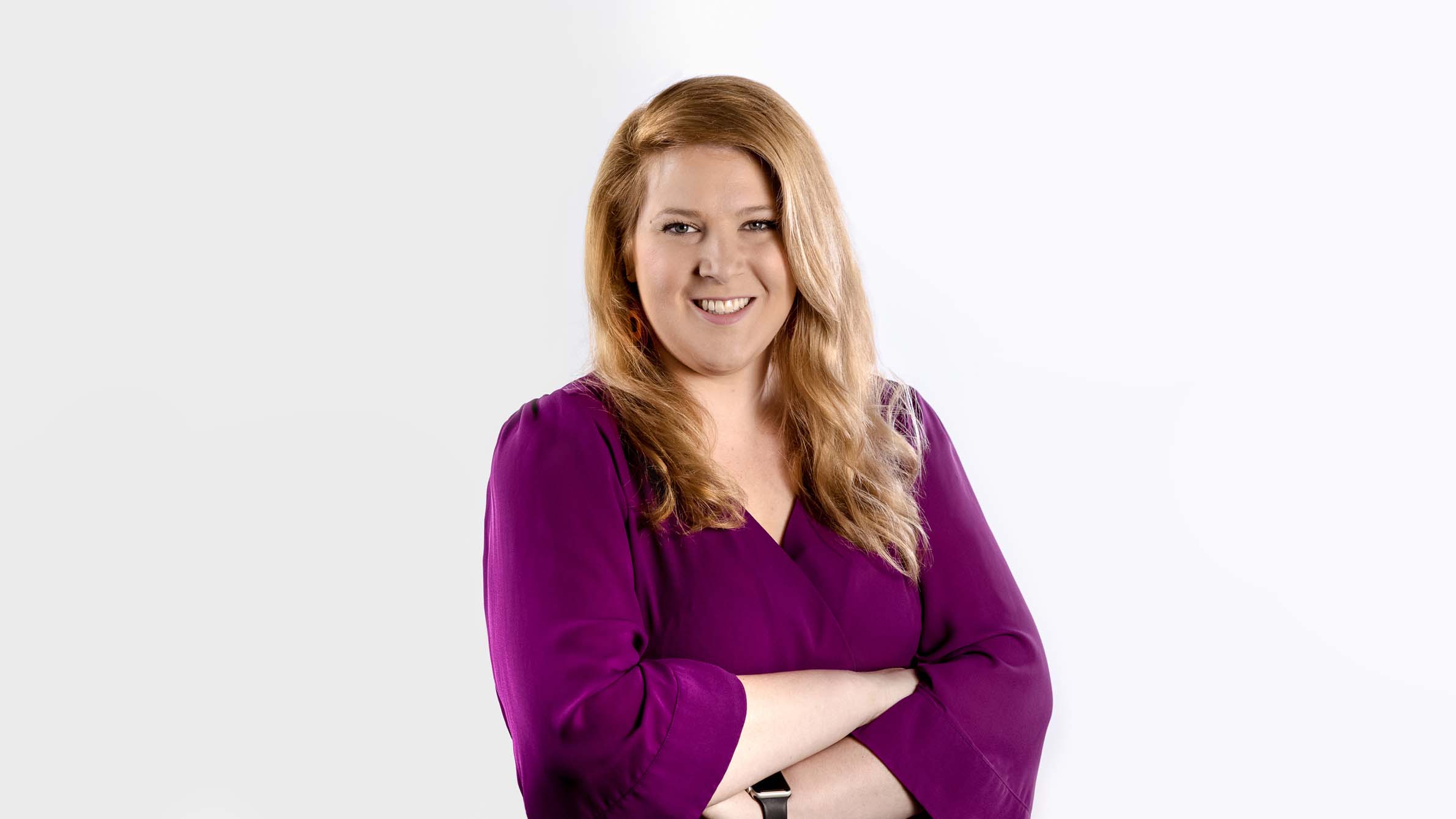
Integrated Innovation Network
Creative Sensory Spaces

Bliss Cavanagh is the Founder of Creative Sensory Spaces, a business that combines art and health science to create powerful immersive therapeutic environments.
Diagnosed at age nine with Tourette syndrome, Bliss spent her formative years trying to hide her condition from the unkind judgement of others.
“Growing up I was shy, terrified of public speaking avoided telling people I had Tourettes because of the way it was portrayed. It had such negative and inaccurate media representation,” says Bliss.
“This led to a lot of anxiety and depression. I never really felt like I could be my true self.”
Gravitating to art from the moment she could hold a pencil, Bliss has been intuitively unlocking the benefits of sensory feedback for most of her life.
“The act of art making has always been very therapeutic for me. It was a world I could thrive in,” says Bliss.
Through this creativity and a life-changing experiment during her fine art honours degree at the University of Newcastle, she was able to see Tourette’s as her most valued asset.
Bliss created her first multi-sensory installation based on her own instinctive response to light, textures, colours and smells that made her feel happy and at peace. Inside the space, remarkably, she experienced almost complete alleviation of her symptoms.
“It was a massive lightbulb moment. Art had always been my own way of escaping, but I had never felt so tic free or relaxed in my life. For the first time, I had reached a state of equilibrium,” says Bliss.
Compelled to understand if what she had discovered could benefit others, Bliss embarked on a transdisciplinary PhD spanning the arts and health sciences to gather an evidence base. After years juggling the competing demands of PhD study and running her own business, the ink has just dried on her thesis – the world’s first to examine the benefits of sensory rooms for the general population.
“There’s a growing evidence base on the benefits of sensory spaces for people managing conditions like mental illness, autism and dementia to name a few. Now, we’ve got an evidence base to show that these spaces also greatly benefit the general population by providing a deeply restorative environment.”
It’s no surprise that interest in Bliss’s signature sensory spaces is rapidly growing among the business and corporate sectors, particularly as organisations seek to support workforces overburdened by the impacts of the global pandemic. There’s also interest for spaces in community settings such as airports, shopping centres and libraries.
“It’s essentially an intervention space, an opportunity for people to take time out and then re-enter the world at optimal capacity.”
“The senses are universal, we’ve all got them. They’re what shape our experience of life, so really they’re the most inclusive and accessible way to connect to each and every one of us.”
Bliss has already curated spaces in most Australian states for clients in health and education including hospitals, Occupational Therapy (OT) clinics, schools and disability organisations. These spaces help vulnerable people de-escalate, increase calm and feel more engaged. With every installation comes similar feedback – a marked improvement in the wellbeing and quality of life of the user.
An OT clinic who received one of Bliss’s installations has reported zero patient meltdowns in their new environment – a stark contrast to business as usual.
Creative Sensory Spaces draw on evidence-based design principals across four disciplines - receptive arts engagement, restorative environmental design, sensory modulation and positive psychology.
Bliss describes her sensory rooms as ‘other worldly experiences’. Enchanting, serene, and seemingly with their own unique frequency, the spaces are designed, fabricated and manufactured in her Newcastle warehouse.
“We custom build everything including furniture, seating components, digital animations, projections, bubbling water features pieces, and colour changing light installations. There’s always something different and exciting happening.”
A team of two at the beginning of the Female Founders Program, Creative Sensory Spaces is now a team of four.
“I’ve been expanding and trying to refocus my energies into only undertaking roles that grow the business, so I’ve had to grow my team. The Female Founders Program has been instrumental to establishing a mindset of spending more time working on the business and less time working in it.”
For Bliss, the one-on-one mentoring offered through the Female Founders Program has been transformative.
“My mentor provided me with clearer direction to achieve my goals. To continue to scale and reach more people my marketing strategy is one of the next things I need to work on.”
“To receive feedback from a trusted advisor with such extensive business knowledge is a huge benefit. I can’t believe how much I learned.”
Being able to come together with a group of like-minded women has also been invaluable.
“I’m really grateful to have been able to come together with such an impressive and inspiring group of like-minded women. The whole experience helped boost my confidence and validate my idea.”
Bliss will continue to scale her business by employing more staff to help her undertake more projects in Australia and eventually, offshore.
“I want to support the world’s wellbeing, one space at a time.”
You can contact Bliss at bliss@sensoryspaces.com.au
The University of Newcastle acknowledges the traditional custodians of the lands within our footprint areas: Awabakal, Darkinjung, Biripai, Worimi, Wonnarua, and Eora Nations. We also pay respect to the wisdom of our Elders past and present.